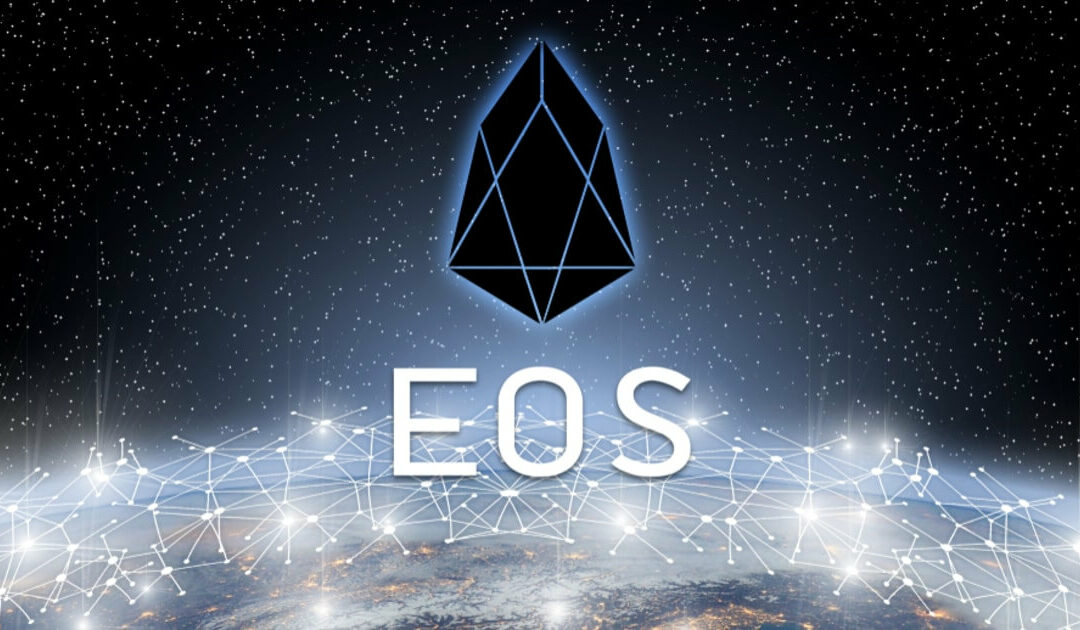Introduction
The EOS blockchain is on the verge of a transformative upgrade with significant proposed changes to its tokenomics model. According to eosnetwork.com, the EOS System Contracts v3.4.0 release will introduce a fixed supply model among other crucial updates. These changes aim to stabilize and predictably grow the EOS token economy, with the first modifications expected to take effect following approval by at least 15 of the 21 EOS block producers (BPs).
Key Proposed Changes
The new tokenomics model includes several foundational updates:
- Fixed Token Supply: Capping the total EOS tokens at 2.1 billion.
- Token Vesting Schedules: Introducing vesting schedules for network custodians, including EOS Block Producers, Staking Rewards, the EOS Network Foundation (ENF), and EOS Labs.
- Immediate Token Liquidity: Allocating funds for purchasing 35 million EOS in RAM and 315 million EOS for RAM market-making.
These updates set the stage for further enhancements to the Resource Exchange (REX), including EOS staking rewards and a more flexible distribution of system fees.
Immediate Token Liquidity
Upon the successful passage of the multi-signature (MSIG) proposal, several tokens will become immediately liquid:
- 315 million EOS for market-making and liquidity provisioning across centralized exchanges and DeFi platforms.
- 35 million EOS for purchasing RAM from the system Bancor pool to support EOS ecosystem initiatives.
- 15 million EOS for public goods funding aimed at middleware development to improve the EOS Network’s usability.
Strategic RAM Purchase
A notable aspect of the new tokenomics model is the strategic management of EOS RAM. If the MSIG is approved, 35 million EOS will be used to purchase RAM, supporting initiatives and establishing WRAM (wrapped RAM) liquidity on various exchanges to enhance market depth and accessibility.
Upcoming in Part II: Transition to REX 2.0
The second part of this series will explore the proposed transition to REX 2.0, expected to bring high-yield staking rewards for EOS token holders. This transition is contingent on the successful implementation of the changes introduced in the first MSIG for the System Contracts v3.4.0. Enhancements to REX will include:
- Diverting system fees to Block Producers (BPs).
- Enabling staking rewards to drip into REX.
- Extending the REX staking lockup period from 4 days to 21 days.
Testing and Approval
The proposed changes have undergone a BlockSec security audit, with no critical issues found. Deployed on Kylin and Jungle4 testnets, the new system actions and tokenomics mechanics have been thoroughly tested. Community members and block producers are encouraged to interact with these new functions to ensure smooth integration.
Acknowledging Contributors
Special thanks are extended to the contributors who played crucial roles in this release, underscoring the community-driven approach of the EOS blockchain development.
What’s Next?
Anticipate further in-depth exploration in Part II of this series, “Transforming REX Dynamics.” The next installment will focus on optimizing and enhancing the functionality and flexibility of REX within the EOS ecosystem, promising more robust and predictable returns for participants.
For detailed information on the upcoming tokenomics changes, visit the official EOS blog.
Image source: Shutterstock
. . .
Tags








